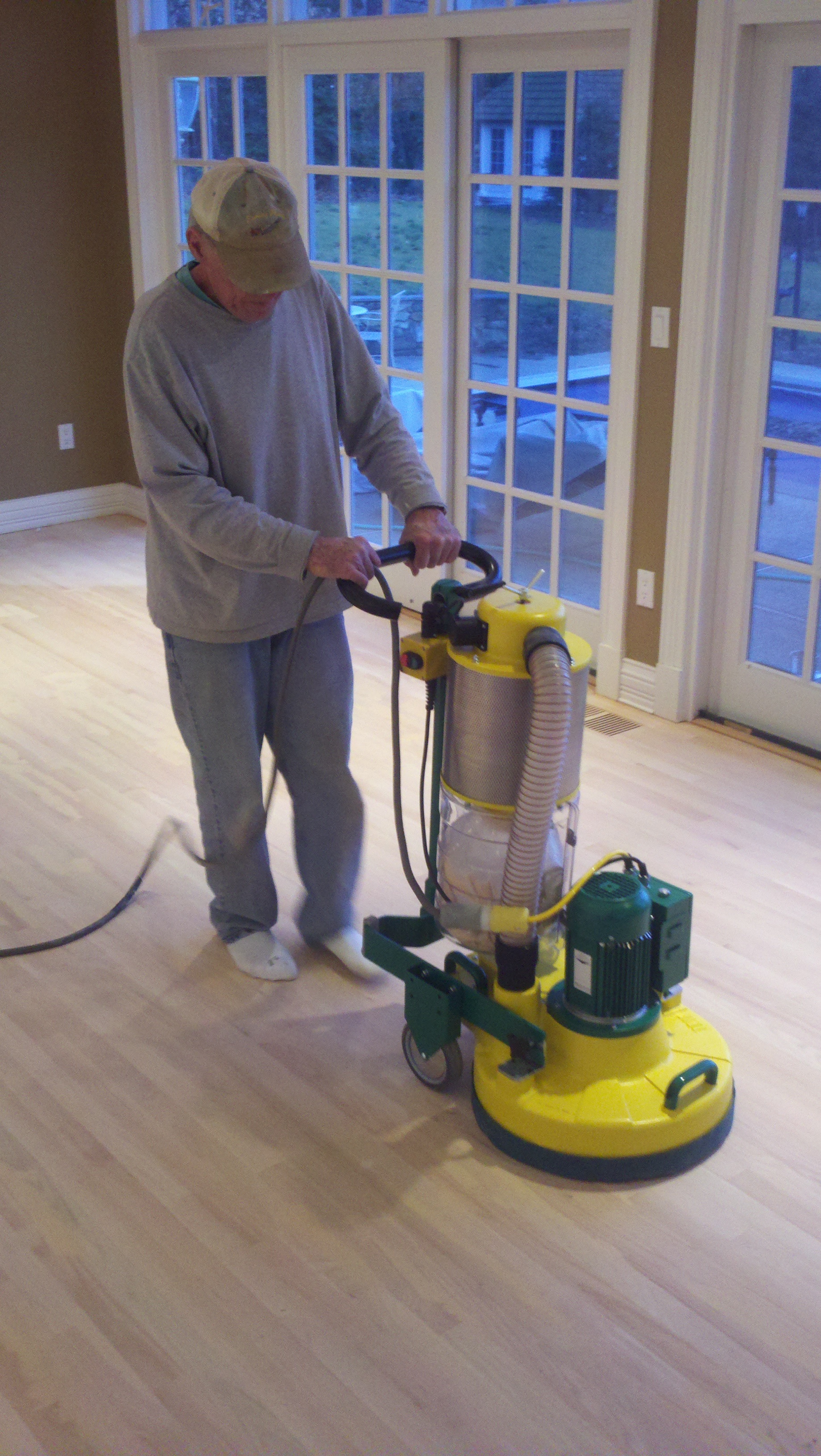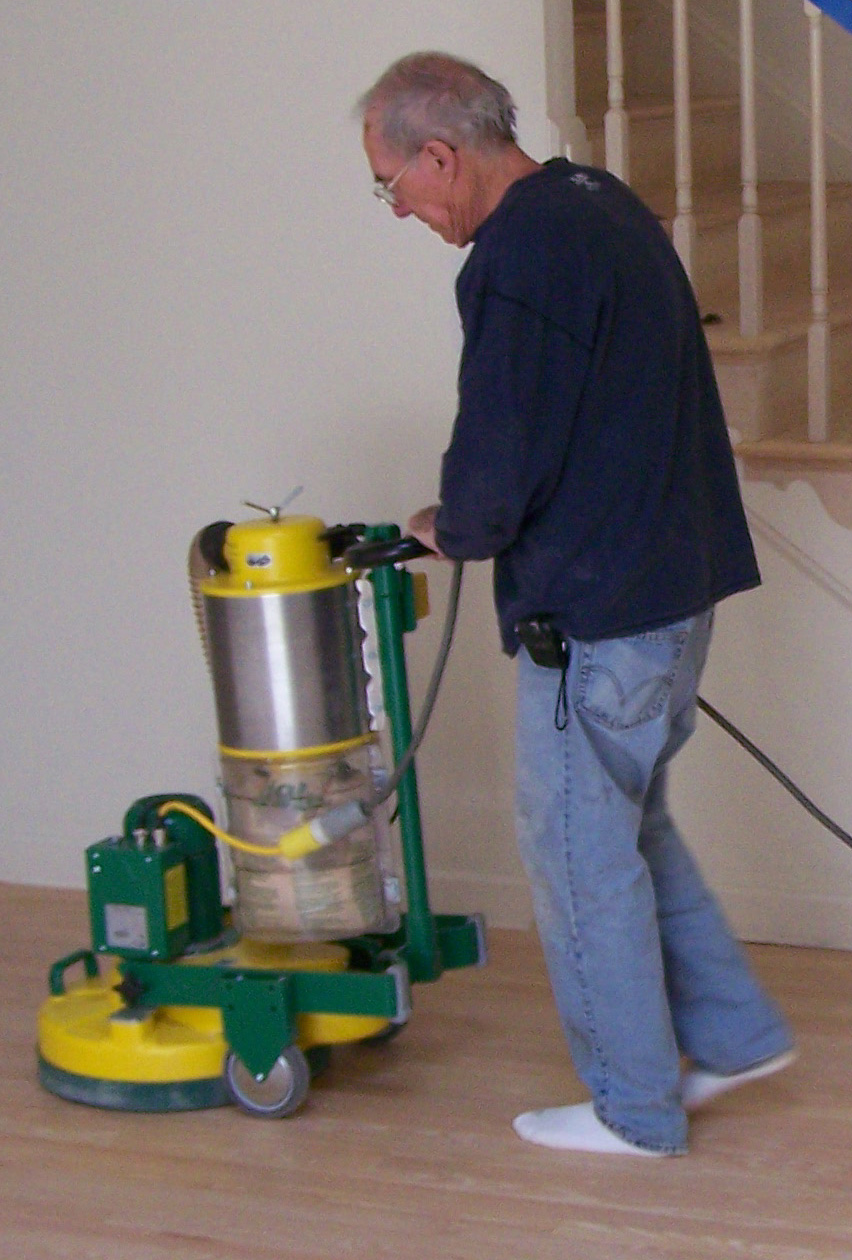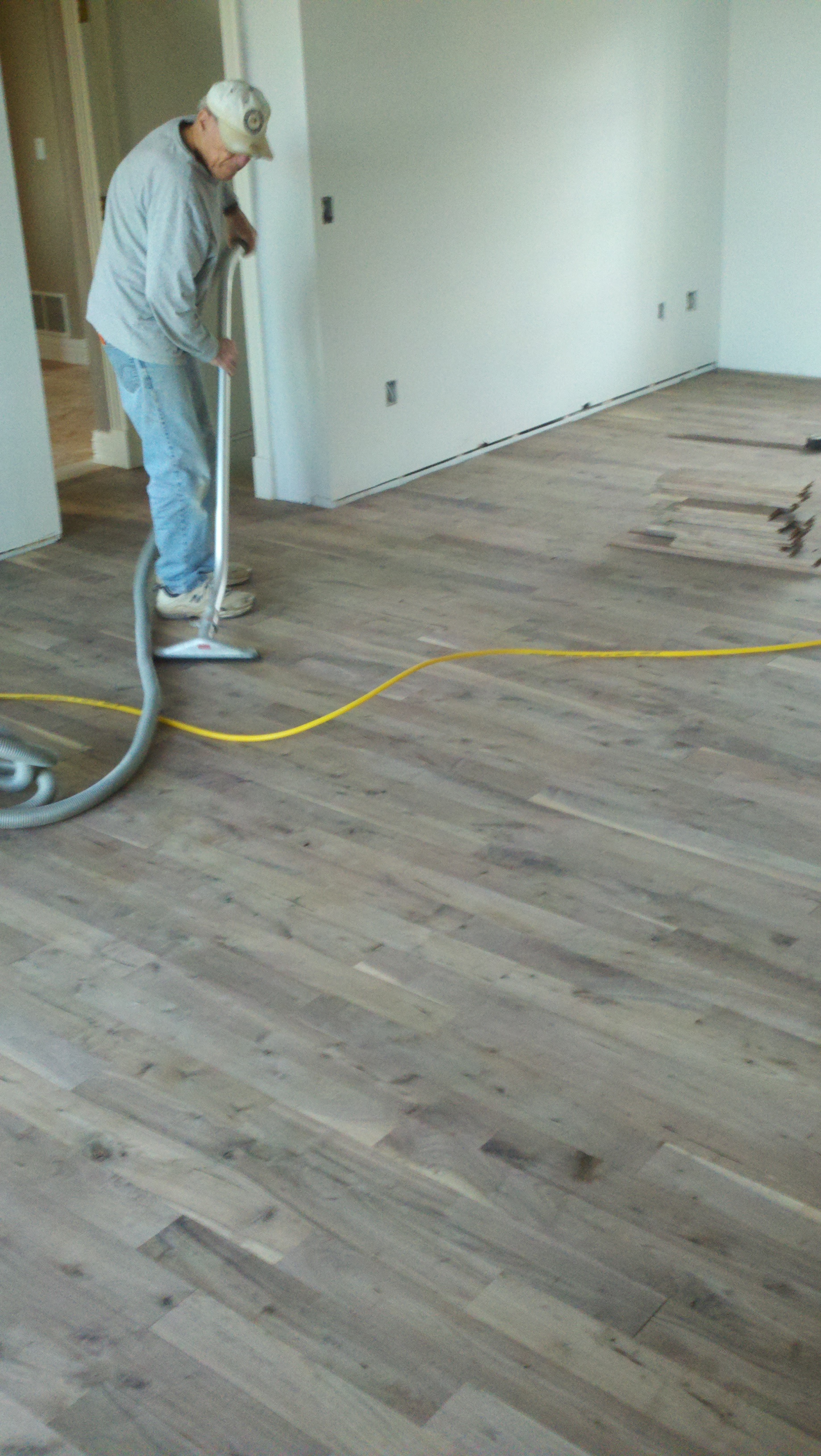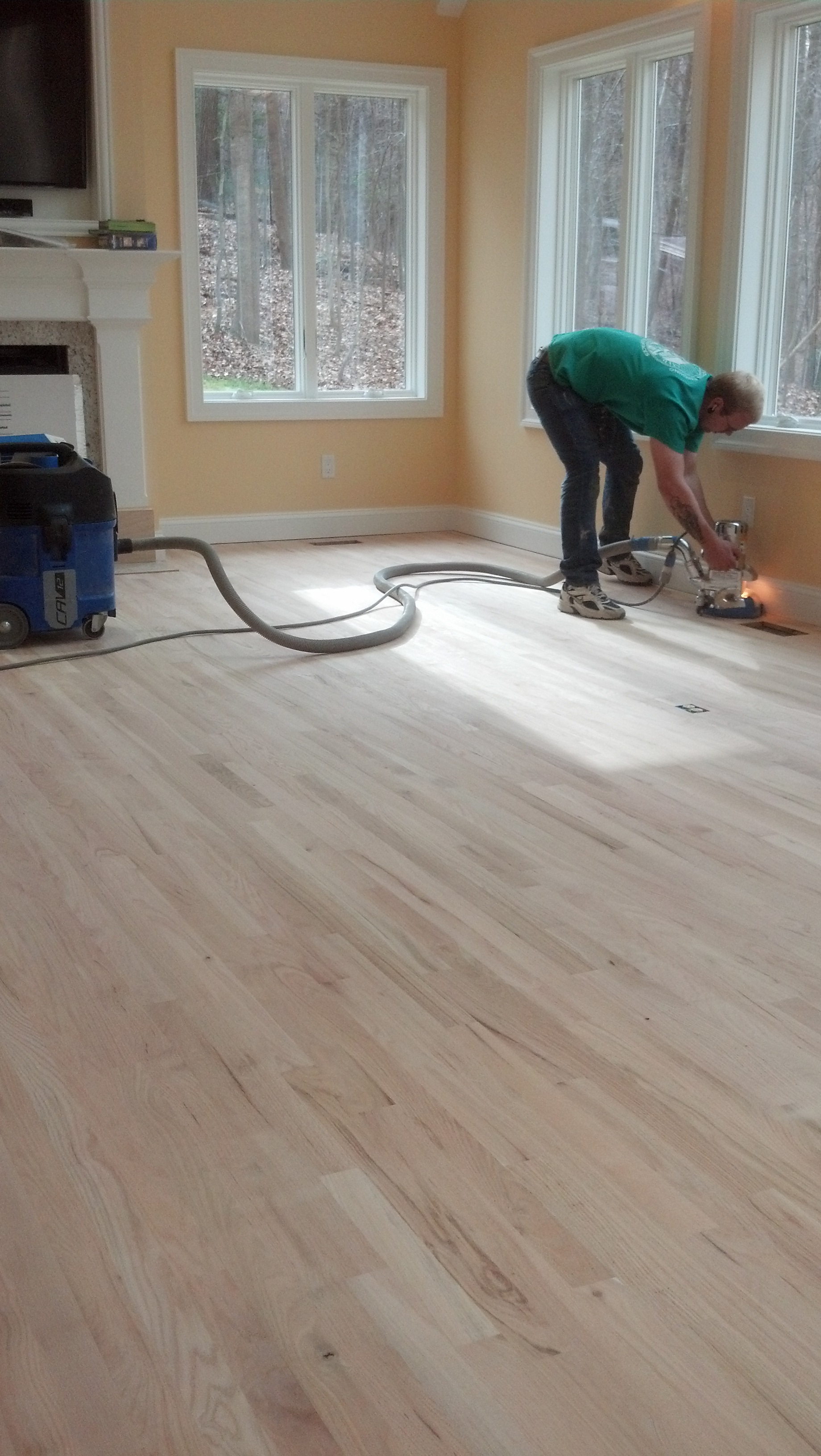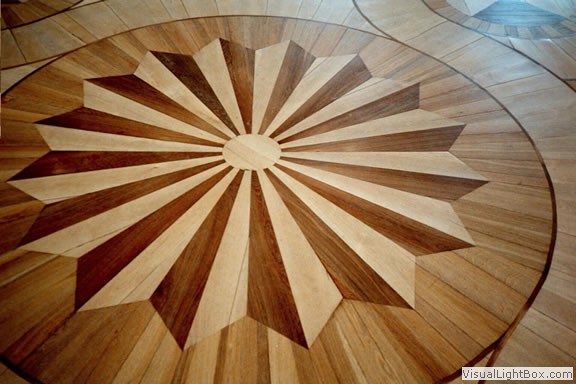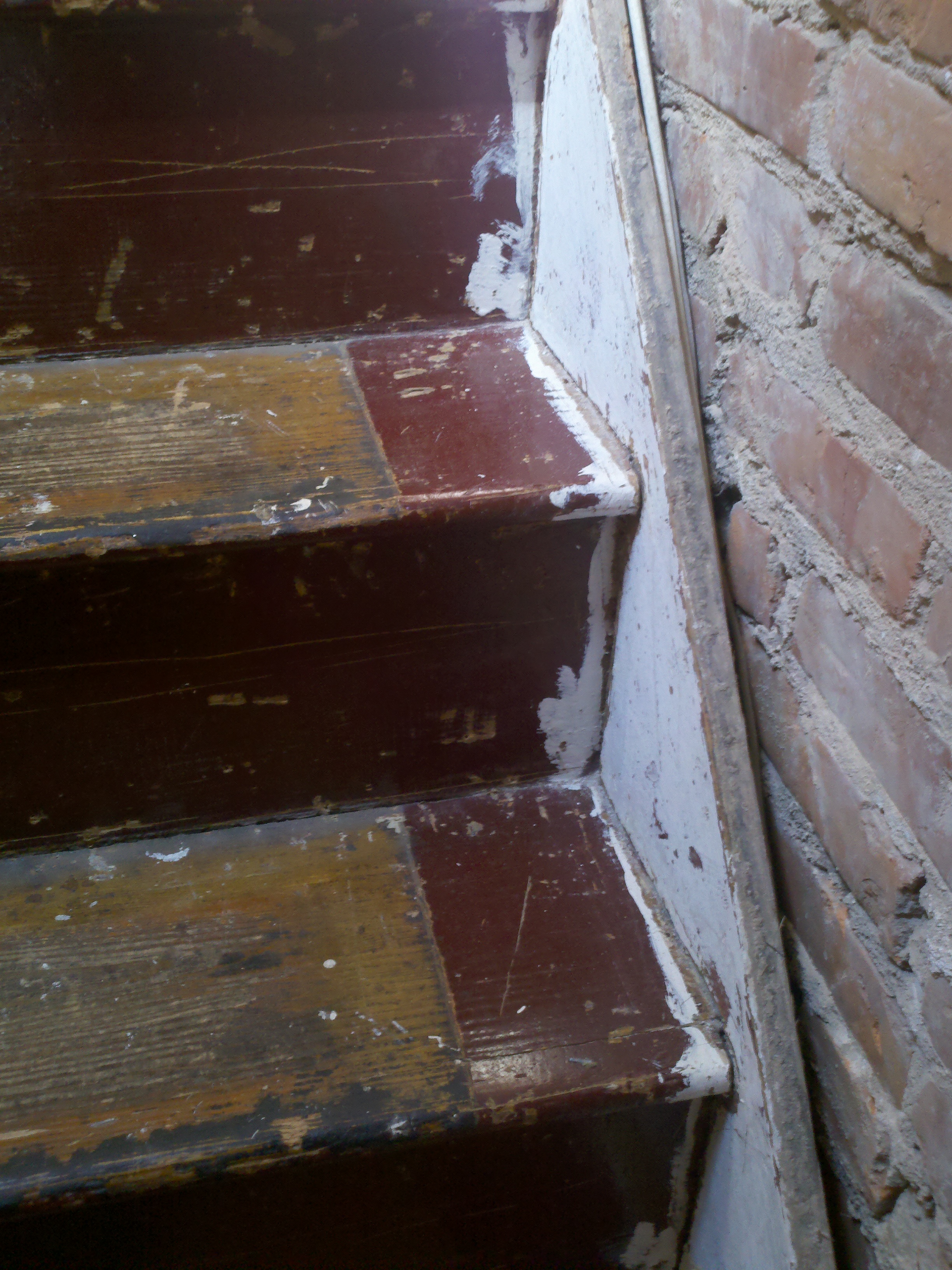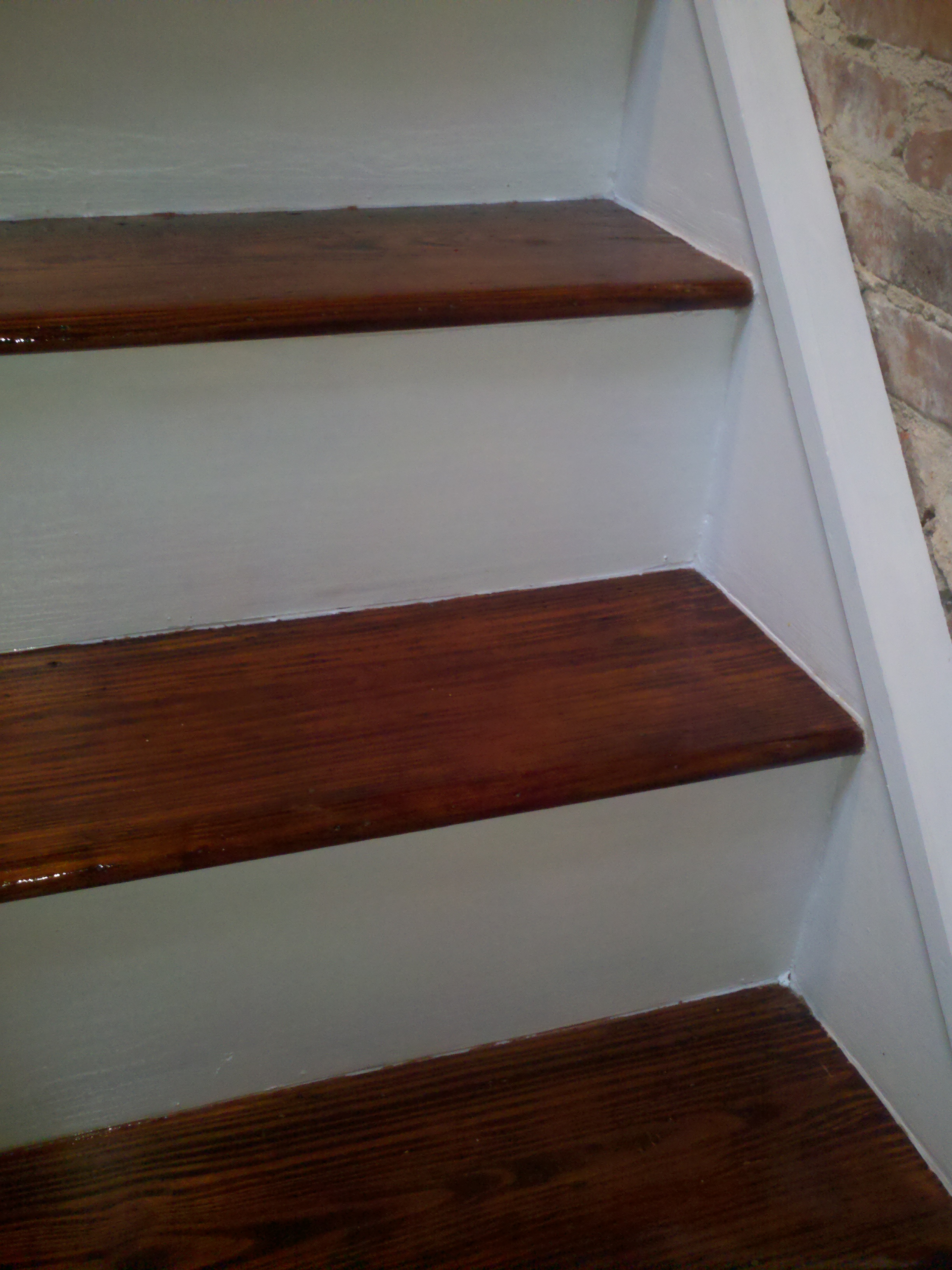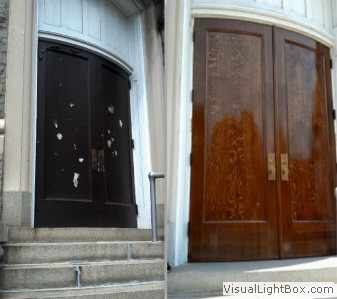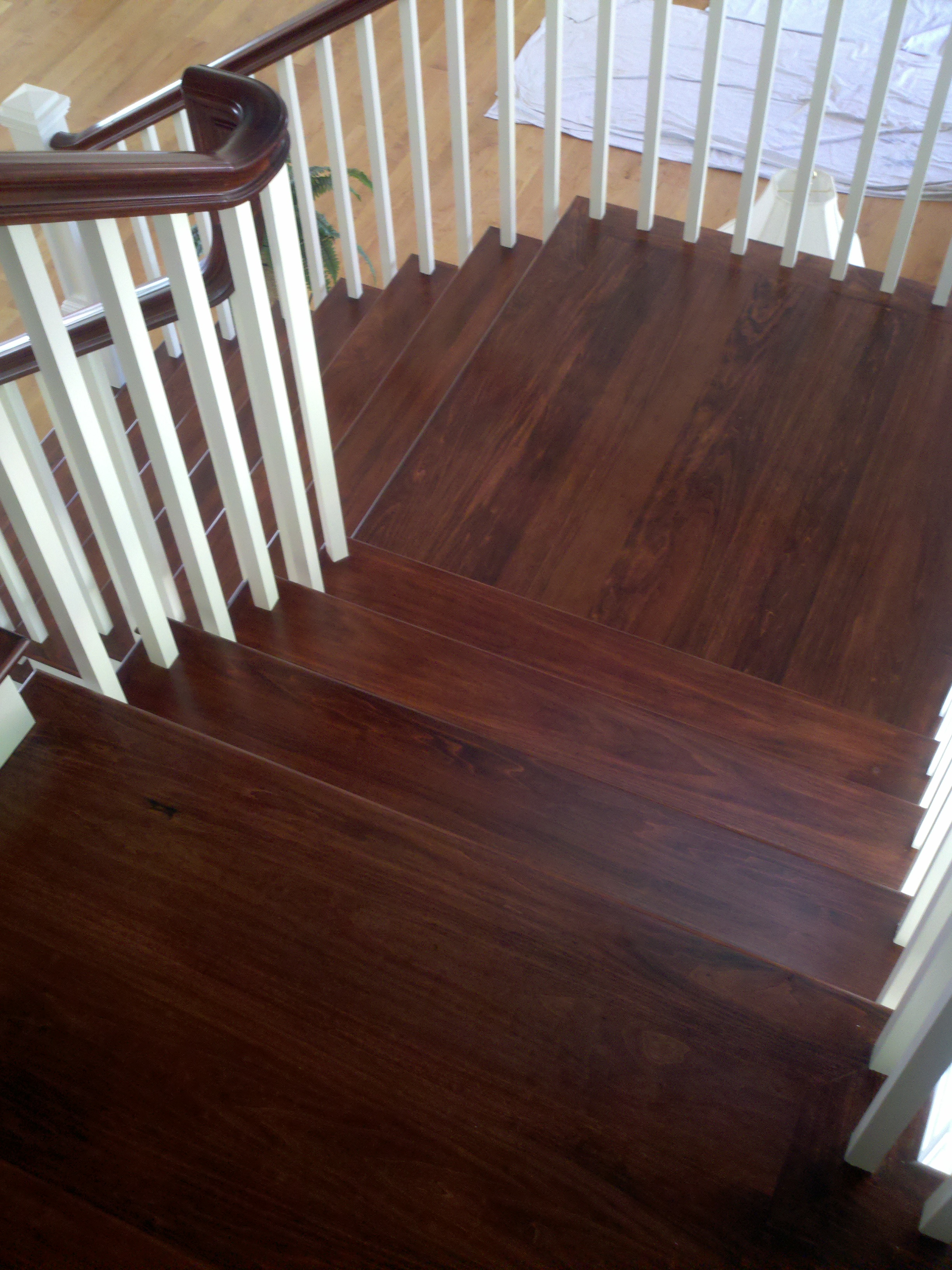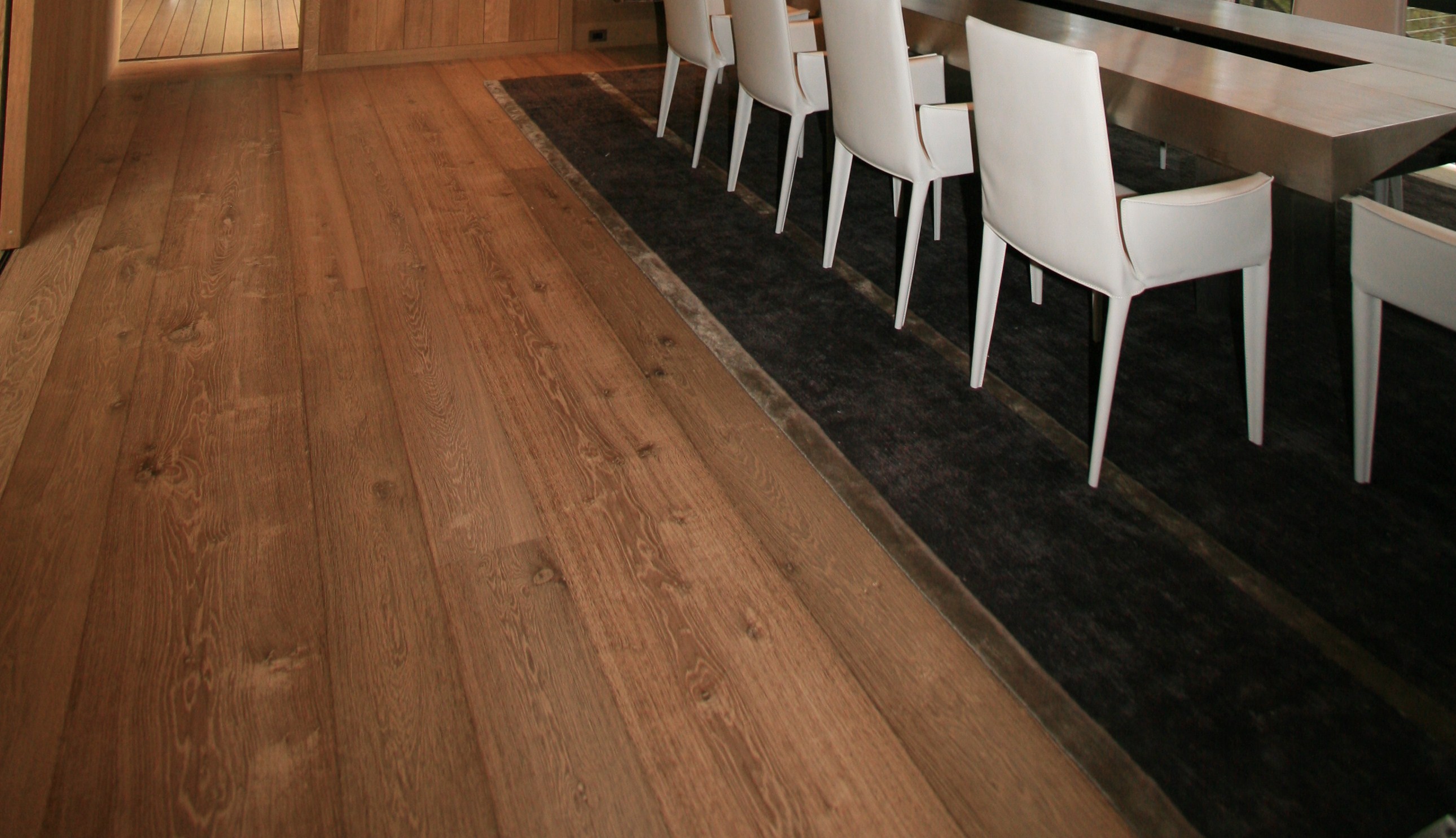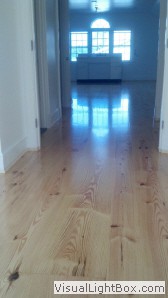
Home
| About Us |
Services | Testimonials
|
Gallery | Warehouse
| Contact Us
Services
Page 2
Photos | Procedures | Information
Floor Sanding & Dust Containment
DUST CONTAINMENT SYSTEM
Our
dust containment system is an efficient cyclone that attaches to the exhaust
of the sanding machines.
Cyclones
are centrifugal separators that use gravity and air speed to separate material
from an air stream.
The
cyclone spins the dust-laden air stream and drops the dust out of the bottom
into a clear dust cup.
The
air stream which now has only a small amount of ultra fine dust in it exits
the top of the cyclone and goes through a high efficiency cartridge filter.
The
filter removes particles down to below 1 micron in size. There
is essentially no dust emission from the filter.
The
dust that is separated into the bottom cup is carried away by a vacuum
pump through a 1 1/2" diameter hose that transfers
the
dust outside the work area to a 35 gal. drum. The drum uses another small
cyclone to drop the dust into a plastic bag.
The
air stream continues through the pump and through a last filter that removes
any fine dust from the air used to convey the dust from the sanding machine.
The
results allow for a clean surface when preparing your floors for application
of stain and finish and further eliminates
the
concerns for any air bourn dust settling into the finish after it has been
applied as was the case with the old bag method.
BENEFITS TO HOMEOWNERS
HEALTH
If
you have allergies or asthma, we are sensitive to your needs and provides
a safe process that will not irritate these types of health problems.
CONVENIENCE
You
can avoid moving artwork, books, or keepsakes totally out of the area,
because our system will keep the wood dust from permeating in your
home.
CLEAN
After
your floor project, it will not be necessary to wipe down the walls, mop
the floors,
or
clean all the surfaces in your home due to wood dust,, because of the containment
system.
Finishing & Refinishing
Basic wood finishing procedure
Wood finishing starts with
sanding (typically using a sanding block or power sander), scraping, or
planing.
Imperfections or nail holes
on the surface may be filled using wood putty or pores may be filled using
wood filler.
Often, the wood's colour
is changed by staining, bleaching, or any of a number of other techniques.
Once the wood surface is
prepared and stained, the finish is applied. It usually consists of several
coats of wax,
shellac, drying oil, lacquer,
varnish, or paint, and each coat is typically followed by sanding.
Finally the surface may be
polished or buffed using steel wool, pumice, rotten stone or other materials,
depending on the shine desired.
Often, a final coat of wax is applied over the finish to add a degree of
protection.
French polishing is a finishing method of applying many thin coats of shellac using a rubbing pad, yielding a very fine glossy finish.
Ammonia fuming is a traditional
process for darkening and enriching the color of white oak.
Ammonia fumes react with
the natural tannins in the wood and cause it to change colours.
The resulting product is
known as "fumed oak".
Types of finishes
There are three major types of finish
Evaporative | Reactive | Coalescing
Wax is an evaporative finish
because it is dissolved in turpentine or petroleum distillates to form
a soft paste.
After these distillates
evaporate, a wax residue is left over.
Reactive finishes use solvents
such as white spirits and naphtha. Oil varnishes and linseed oil are reactive
finishes,
meaning they change chemically
when they cure, unlike evaporative finishes.
The solvent evaporates and
a chemical reaction occurs causing the resins to undergo a change.
This change prevents solvents
from dissolving reactive finishes.
Tung oil and linseed oil are reactive finishes that cure by reacting with oxygen, but do not form a film.
Water based finishes generally fall into the coalescing category.
Comparison of different clear finishes
Clear finishes are intended
to make wood look good and meet the demands to be placed on the finish.
Choosing a clear finish
for wood involves trade-offs between appearance, protection, durability,
safety, requirements for cleaning, and ease of application.
The following table compares
the characteristics of different clear finishes.
'Rubbing qualities' indicates
the ease with which a finish can be manipulated to deliver the finish desired.
Shellac should be considered
in two different ways. It is used as a finish and as a way to manipulate
the wood's ability to absorb
other finishes by thinning
it with denatured alcohol. The alcohol evaporates almost immediately to
yield a finish that is
completely safe but shellac
will attach itself to virtually any surface, even glass, and virtually
any other finish can be used over it.
Floor Installations
Custom Wood Inlay
Inlay is a decorative technique
of inserting pieces of contrasting, often coloured materials into depressions
in a
base object to form patterns
or pictures that normally are flush with the matrix. In a wood matrix,
inlays commonly use wood veneers,
but other materials like
shells, mother-of-pearl, horn or ivory may also be used.
Inlay in wood furniture
differs from marquetry, a similar technique that largely replaced it in
high-style European furniture during
the 17th century, in that
marquetry is an assembly of veneers applied over the entire surface of
an object, whereas inlay consists
of small pieces inserted
on the bed of cut spaces in the base material, of which most remains visible.
On Site Punch Out
Wood Repair

When
Replacing Damaged Goods is Not An Option, Any Onsite Repair Is Possible.
(Grain
Matching, Blending Discoloration, Wood Floor Repair, Nail Holes, Scratches
And Gouges)
On
and Off site Repairs To Veneers, Wood Furniture, Flooring, Cabinetry, ect..
ect..
Decks & Doors
![]()
Counter Tops | Cabinets | Built-ins
![]()
Stairs & Stairways
![]()
Wide Plank Flooring


![]()
Touch Ups & Service Repairs
![]()
Projects
![]()
Meet The Staff
![]()
Home | About Us | Services | Testimonials | Shop | Gallery | Contact Us
© Copyright 2012. ARCHCRAFTLLC.COM. All Rights Reserved.
|
|
||||||||
